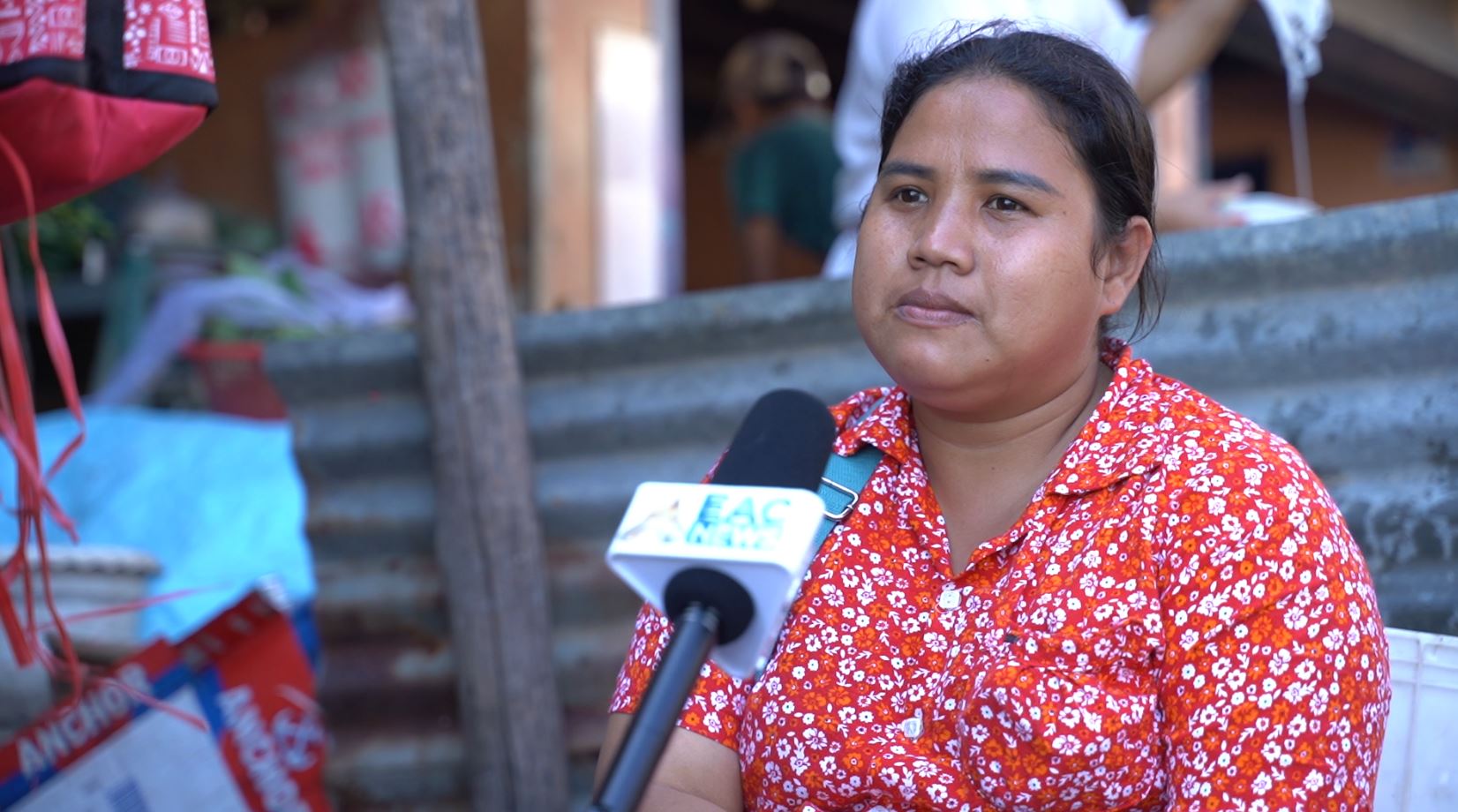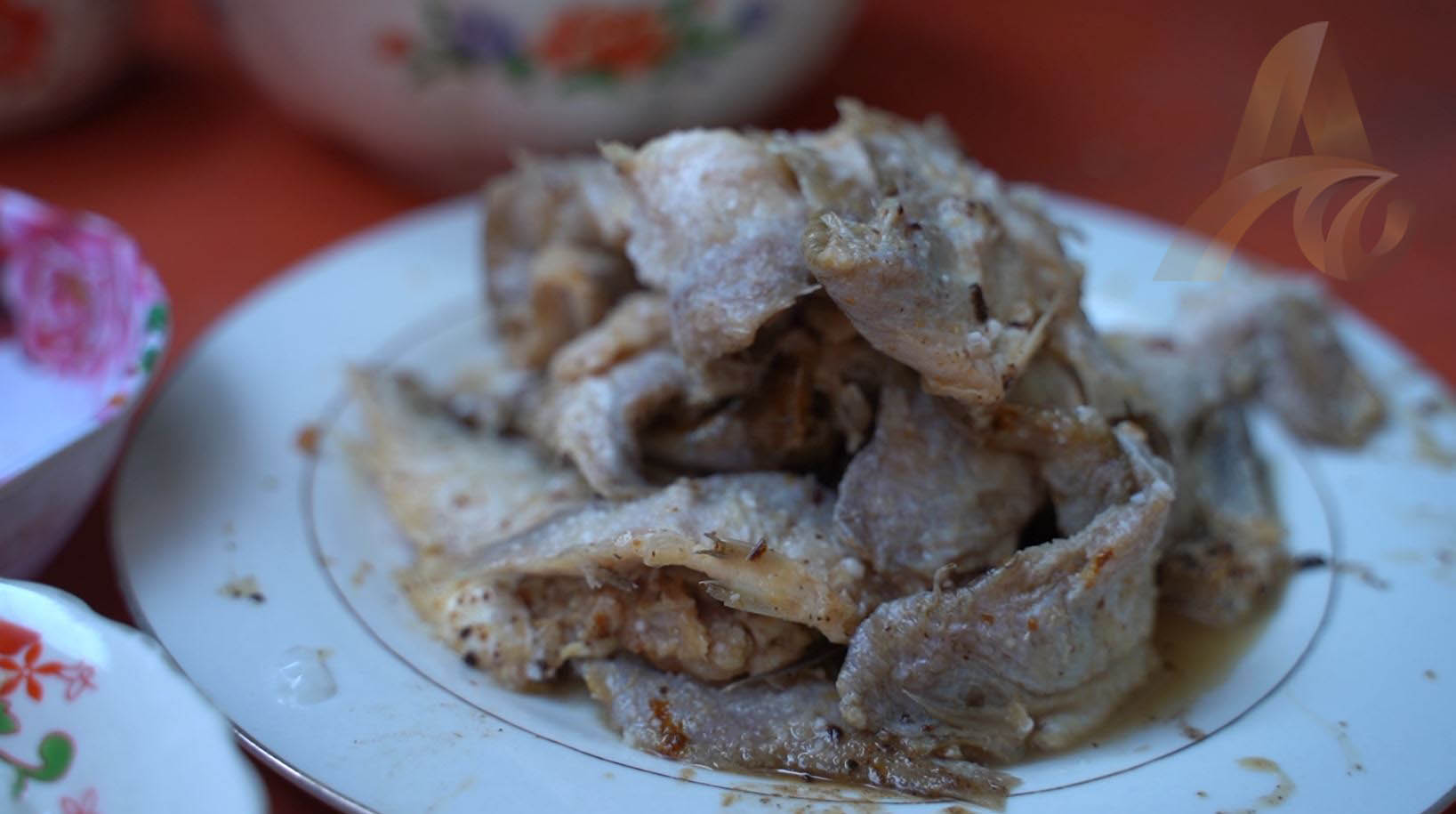PHNOM PENH: It’s the time of the year – prahok season for Khmer people. The Fisheries Administration under the Ministry of Agriculture, Forestry and Fisheries has announced that it’s Cambodia’s best time of the year for fishing with its highest yields if they are planning to make prahok. Prahok is Cambodia’s traditional fermented fish paste in addition to many meals such as soups and sauces.Some say they get more this year while others say lesser than the previous year.
Nevertheless, Cambodians are all grateful for this season getting more fish that they can make into prahok. The Fisheries Administration under the Ministry of Agriculture, Forestry and Fisheries reminded the public last Sunday that it’s now the best time of the year for fishing with its highest yields to make prahok. It has said there should be abundant fish in the Tonle Sap River running through Phnom Penh and Kandal province from Sunday until Friday, 12 – 16 December as long as the skies remain clear and no early rainstorms approach.
EAC News team has surveyed the Tonle Sap River in Russey Keo district to see how is the resident’s fish catch this season. Early morning, people are waiting for the new batch of fish the fishermen caught. Residents helping each other. This is their living. It is their way to earn money for their family. Making prahok is their means of survival.However, with the effect of climate change plus the Covid-19 situation, people experience daily struggle.
Boat Driver Srey Thea says, “This year fish is less than last year. Fish also more expensive because last year there’s more fishermen here to help, but this year there are less farmers than last year. This year only have fisherman and fish stocker, don’t have the farmers”
Srey Thea drives the boat for people to cross the river and also to deliver the fish. Back and forth, she earns $1.25 per person. The same sentiment shared by this fisherman named Poy.
He says, “This year less than last year. The price also cheaper because fisherman who living upper side of the river, they got more fish than us.”
Poy together with his team are helping each other to collect the small fish that can be use to make prahok. Seeing a lot of fish catch is their joy. Much more when they can catch big fish.But as he said, last year was more catch.
Poy’s manager Ly Koub agrees. He says, “Yes, this year less than last year. It’s half cheaper than last year. There are no farmers or villagers to help buying the fish.The price also cheaper than last year because all the fishermen, they are busy with farming. They don’t have time to make Prahok so just a few people who buy fish, that’s why the price is half cheaper than last year.”
Ly Koub says that the Covid-19 has largely affected their living, their income, especially during restrictions. Gladly, Cambodia has no longer implement restrictions. The country has fully reopened since the 1st of November. However, people are still careful by following the “3 don’t’s and 3 don’ts” set by the Ministry of Health.
On the other hand, Srey Toch, who receives the freshly harvested fish, gives us a different assessment for this season.
She says, “This year is better than last year. The fish price this year is cheaper than last year. Last year the fish price was 10000 riels but this year only 5000-6000 riel maybe because this year have more fish.”
She says she receives all the freshly collected fish. So, she can compare how was the previous and this year.
But whether it is more or lesser this year, people happily take advantage of this season to make prahok.
Prahok is Cambodia’s traditional fermented fish paste, usually from a mudfish. It is being used in Cambodian cuisine as a seasoning or condiment. Prahok originated as a way of preserving fish during the months when fresh fish was not available in abundant supply. Because of its saltiness and strong flavor, it was used as an addition to many meals in Cambodian cuisine. Others call it as “Cambodian cheese” because of its strong and distinct smell. It is usually eaten as a main course with white rice and vegetables such as yardlong beans, cucumbers, and Thai eggplant.
A Cambodian saying goes, "No prahok, no salt", refers to a dish that is of poor flavor, thus highlighting its essentiality in Cambodian cuisine.
Two factors have affected the fish yields this year. First is the effect of the climate change to the water level. Second is the lack of manpower due to Covid-19. With lesser fish, that also means lesser Prahok for the coming year.



























